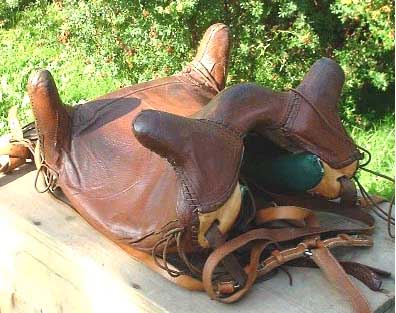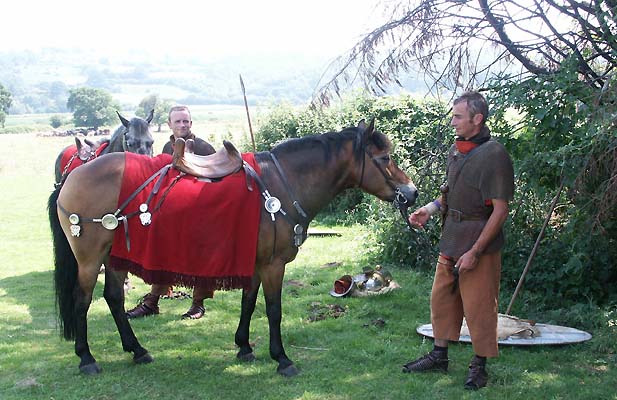or Writing Battle and Chase Scenes in a World Full of Extraordinary Special Effects
 Remember watching the fight or chase scenes from SKYFALL or the film version of THE HOBBIT? They were frenetic, loud, and packed with incredible feats of derring-do. They were exciting. Really exciting.
Remember watching the fight or chase scenes from SKYFALL or the film version of THE HOBBIT? They were frenetic, loud, and packed with incredible feats of derring-do. They were exciting. Really exciting.
Now imagine being a thriller writer working today. You don’t have a multi-million dollar budget to insert precisely shot and digitally enhanced images of battles, explosions, and car crashes into your book. You’ve got words. Just words.
So, how do you capture some of that sheer intensity and split-second immediacy that most of your readers – who live in this same world of special-effects film-making – expect and enjoy?
You need to focus tightly, zooming in only on a few of the things your point-of-view character sees, says, hears, smells, feels, and, most importantly, does. Sentences compress. Secondary clauses vanish. There’s little room for extended interior monologues, elegant dialogue, and thorough, lovingly detailed description. If you want to capture the reader, to bring him fully into that short, sharp, and deadly moment, you can’t drag things out.
The good news is that your readers have watched those same movie and television action scenes themselves. And those images stay with them. So you don’t have to describe every piece of a sword fight, a gun battle, or a hand-to-hand struggle. Their imaginations work for you.
Here’s an example from THE TRIBUNE , part of a scene where Valens is jumped by two assassins in an alley in Antioch:
“There were two men close behind me—one much taller and broader-shouldered than the other. Both wore tattered, sand-colored robes. Loose hoods concealed most of their faces. Both carried long knives.
Stunned, I stepped back just as the big man lunged at me. I threw my left arm up in a desperate bid to knock the dagger away. The blade tore a line of fire across my forearm and then skidded off the bone.
Panting, I fell back. I needed time. Time to get my sword out. Time to defend myself.
The big man flicked my blood from his knife, grinned nastily at me, and waved his comrade forward.
I spun round and pulled the stack of cages over, spilling birds and broken wicker across the alley. The frightened doves whirled up in a cloud of beating wings.
Caught off-guard, the smaller man backed off with his hands shielding his face, swearing loudly.
In Latin.
I yanked my sword out of its scabbard and thrust it into his stomach in the same smooth motion. I could feel it bite deep. He screamed and folded over the blade. I tore the sword loose as he went down.
Before I could bring my blade back into position, the big man attacked again. He leaped straight over the body of his dying comrade and threw himself into me.
I slammed into the stone wall at my back, gasping as the impact knocked the air out of my lungs. My sword spun away. His dagger grated along my ribs, ripping more flesh and muscle.”
And here’s another example, this one from VORTEX , the second military thriller Larry Bond and I wrote together:
“O’Connell scrambled to his feet already running. Rifle in hand, he moved north, angling away from the heavy machine-gun fire now pouring out of the South African-held bunker. Four Rangers hurtled up and out of the trench after him.
All five men sprinted forward, dispersing on the move—spreading out in the hope that a single enemy burst wouldn’t hit them all. This gauntlet could only be run alone.
Burning buildings and vehicles added an eerie orange glow to the black night sky and sent strange shadows wavering ahead of them across the corpse-strewn, half-lit ground. O’Connell kept going, speeding past crumpled bodies, scattered gear, and torn, bullet-riddled parachutes. In an odd way, he felt almost superhuman, with every sense and every nerve ending magnified and set afire. He squinted through sweat toward the smoke-shrouded enemy bunker. Two hundred meters to go.
Movement flickered at the edge of his vision, far off to the right. Sergeant Johnson and his five Rangers were there, making their own headlong dash for the bunker. He lengthened his own stride.
One hundred and fifty meters. One hundred. O’Connell felt his pulse accelerating, racing in time with his pounding feet. My God, he thought exultantly, we might really pull this crazy stunt off after all!
Suddenly, the ground seemed to explode out from under him. Dirt sprayed high in the air as a machine-gun burst hammered the area. One slug moving at supersonic speeds tore the M16 right out of his hands and sent it whirling away into the darkness. Another bullet ripped through a fold of cloth over his right shoulder, leaving behind a raw, bleeding line of torn skin.
O’Connell threw himself prone, scarcely able to believe that he’d escaped without more serious injury.
Agonized screams rising above the crashing, crackling sounds of gunfire and grenade explosions told him that the rest of his men weren’t so lucky. He swiveled to look to the rear.
The four Rangers who’d been following him had vanished—cloaked behind a curtain of smoke and dust. As it settled, another burst of South African machine-gun fire stitched across the open ground—sweeping back and forth across the bodies of men who’d already been hit several times. No one moved or cried out in pain.
He was alone.
O’Connell clenched his teeth and tried to bury himself in the earth as more rounds whipcracked low overhead. Pebbles, sand, and torn bits of grass pattered off his helmet and neck.”
So, how should you write an action scene for a modern audience? Keep it short. Keep it tight. And keep it fast.
 Like any modern soldier, a Roman legionary in the time of The Tribune carried weight — a lot of weight — while marching. How much weight?
Like any modern soldier, a Roman legionary in the time of The Tribune carried weight — a lot of weight — while marching. How much weight?






